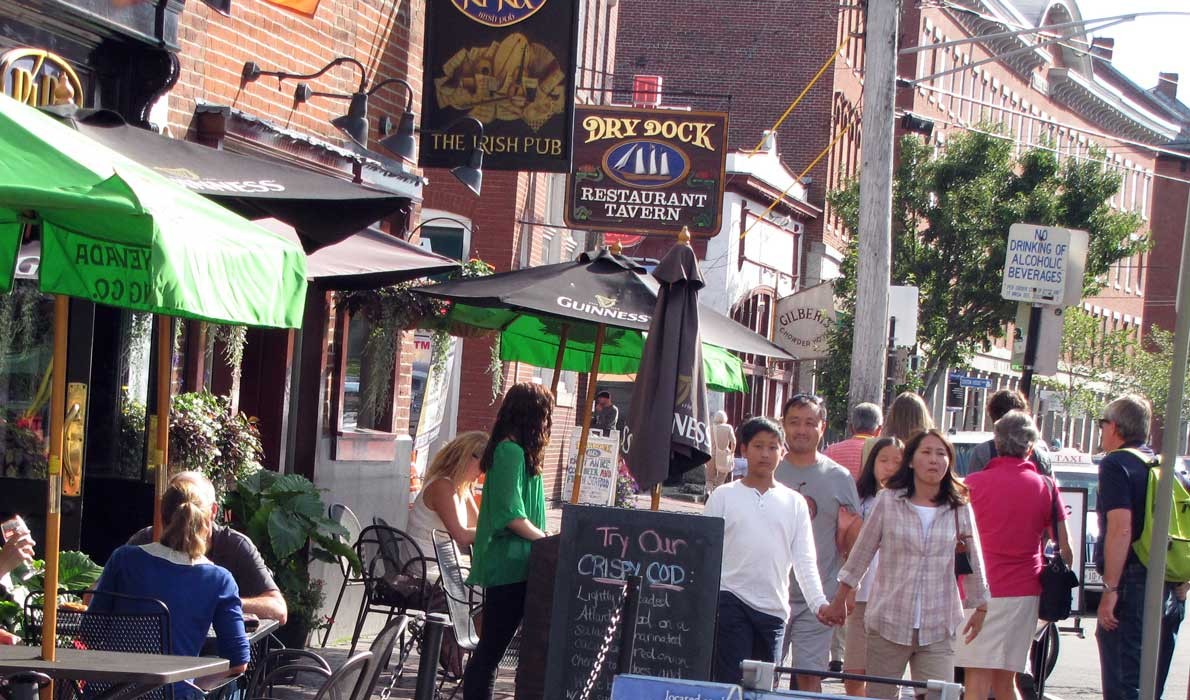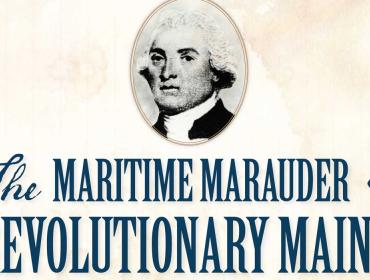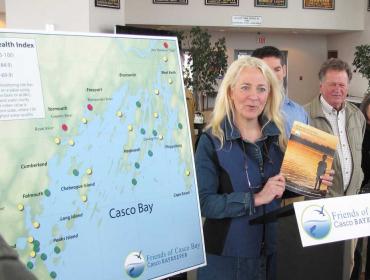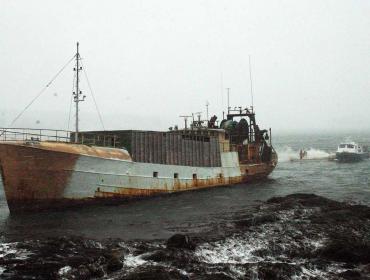Posted April 15, 2020
Last modified April 15, 2020
By Tom Groening
What if Portland wasn’t in Maine? What if the state’s border with New Hampshire fell along the shore of the Royal River in Yarmouth, instead of along the Piscataqua? Or what if Portland were somehow transported to the area near Newburyport, Mass.? What would be lost?
It’s not an entirely hypothetical question. A dozen or so years ago, a legislator from Northern Maine proposed cutting the state in half, sort of like the Dakotas. His argument was that the northern, more rural part of the state had little in common with the culture and economy of the Portland area.
Reading between the lines, it wasn’t hard to see the disdain embedded in the proposal; who needs those fancy restaurants, pubs, galleries, hotels, and hipsters? Well, as it turns out, state coffers need those businesses. The Greater Portland area—that is, including several of the surrounding towns—produces something close to 40 percent of state tax revenue.
While preparing for the Island Institute’s Waypoints Forum held in Portland in February, city hall staff and Robert Witkowski of the Greater Portland Visitors Bureau helped me gather some numbers, such as:
- The number of hotel rooms in the city: 2,830
- Annual taxable lodging (Greater Portland): $158.8 million
- The number of restaurant licenses (to prep and sell food): 377
- Liquor licenses: 370
- Annual taxable food sales: $184.2 million
- Cruise ship visits, 2019: 104 ships with 152,801 passengers and 62,204 crew
Portland is indeed “Maine’s largest city,” as it is often described, but by some measures, it’s barely a city. With a population of 66,000, if Portland were in Massachusetts, it would be that state’s 15th largest, between Haverill and Framingham.
It also bucks the state’s oldest-in-the-nation status, with a median age of 36.1, compared with the state’s 45.1.
All those hotel rooms and restaurants beg the question: how many is too many? I’m reminded of the quote attributed to Yogi Berra: “Nobody goes there anymore. It’s too crowded.”
A proposal to build yet another hotel and restaurant on one of the piers a few years ago drew sharp opposition from fishermen who feared being squeezed out. A working waterfront alliance emerged from the conflict, and fishermen and city planners are now talking to each other.
It’s gratifying to see this collaboration develop, but it won’t be long before another big project is proposed.
I think it’s worth considering how a place like Portland becomes what it is today. By most accounts, the city waterfront was a rough, unattractive place in the mid-1970s. In 1977, 14 million gallons of raw sewage a day flowed into harbor. In 1978, a National Science Foundation study described Portland’s waterfront as one of most dilapidated on East Coast.
As industry declined and vacated the waterfront, building space became available, and it could be rented cheaply. Artists and artisans moved in, where they could set up shop and store materials. Street-level storefronts also were cheaply rented, so they began opening galleries.
Art draws audiences, and it didn’t take long for entrepreneurial types to realize that if people were coming to the Old Port for the art, they might just buy a drink or a meal while they were there. Pubs and restaurants began to open.
Then, the restaurant scene gets competitive, and they become the draw, as much or more so than the arts. And who wants to drive back to, say, Belfast (where I live) after a great meal? So hotels are built. And built.
At the other end of the Maine coast in Eastport, community leaders are trying to replicate this pattern, and it’s working (see Leslie Bowman’s photo essay on pages 14-15). If the art, theater, and live music are good and reliably available, people from Calais and Machias may make the drive to Eastport, and the drink, food, and lodging trade will follow.
But one last important question remains.
My wife and I first saw the Old Port in 1983, and we were charmed by it. If we could have hit the pause button then, would we? So how much is too much? And can anyone stop it?
Let me know what you think. I’m at tgroening@islandinstitute.org.
Tom Groening is editor of The Working Waterfront.

Contributed by




